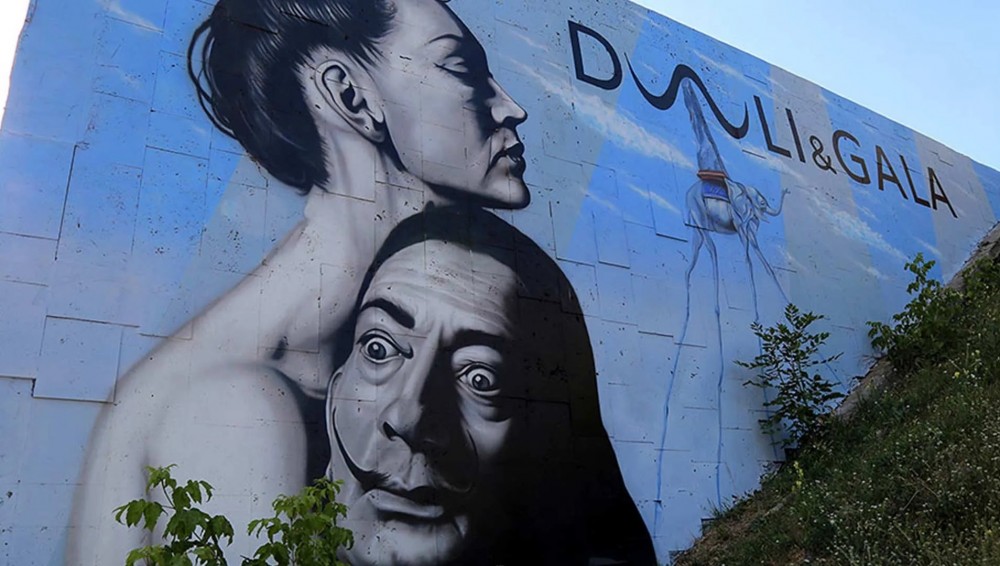
The article analyzes the murals of Kharkiv that appeared in the city during 2008—2020. They are con-sidered as mediators of historical memory, retransmitting various narratives/discourses: Soviet-nos-talgic, regional, national. 24 art objects located in the urban space have been analyzed, the context of their creation, the practice of their instrumentalization by various agents of historical memory have been revealed.The city authorities are the initiators of the appearance of murals representing the Soviet-nostalgic discourse. Most of these images appeared in the city in 2013, on the eve of the celebration of the City Day and the celebration of the 70th anniversary of liberation from German occupation. The city leaders initiated the Pride of Kharkiv project, in the framework of which in the city appeared murals depicting Kharkiv residents, whose life and work are directly connected with the events of the Great Patriotic War. Among them are V. Grizodubova, G. Zhukov, K. Shulzhenko, P. Naboychenko. These and other images illustrate the Soviet-nostalgic and regional dimensions of the city’s public space. They are often combined with each other, latently or directly actualizing the phantom pains of the “first capital”. Such images are always personalized. Criteria for choosing a person include being a native and resident of Kharkiv, known at the All-Union level (L. Gurchenko, I. Bugrymova, etc.).Since 2014, in the city we have observed the appearance of images of nationwide symbols, which can be interpreted as an attempt to fit Kharkiv into the national narrative, to demonstrate the city’s presence in the core of the Ukrainian political project. Such murals are personalized and abstract-symbo lic (T. Shevchenko, Krut’s warriors-heroes, the coat of arms of Ukraine, Petrykivka painting, vyshyvanka (embroidered shirt) (ornament), motanka doll, etc.). The initiators of the creation of these murals are the city authorities and the city community. It should be noted that the national narrative was almost never combined with the regional one. However, there are cases when Soviet-nostalgic, regional and national discourses were projected in one image. Thus, there is a mural depicting both soldiers who died during the war in Afghanistan and during the anti-terrorist operation. This may indicate the multi-layered historical memory of the region’s inhabitants.To sum up, the analysis of murals as mediators of a certain image of the past in space of Kharkiv showed that out of 24 murals created during 2008-2020, which have a pronounced ideological colo-ring, 13 retransmit the Soviet-nostalgic narrative in Kharkiv, 12 — regional, 10 — national.
Source: Liubavskiy R. (2021) Murals of Kharkiv: spase, memory, historical politics. City History, Culture, Society. №1(12): 24-40
Source web-site: http://mics.org.ua/journal/index.php/mics/article/view/170/176
Number of views: 1681